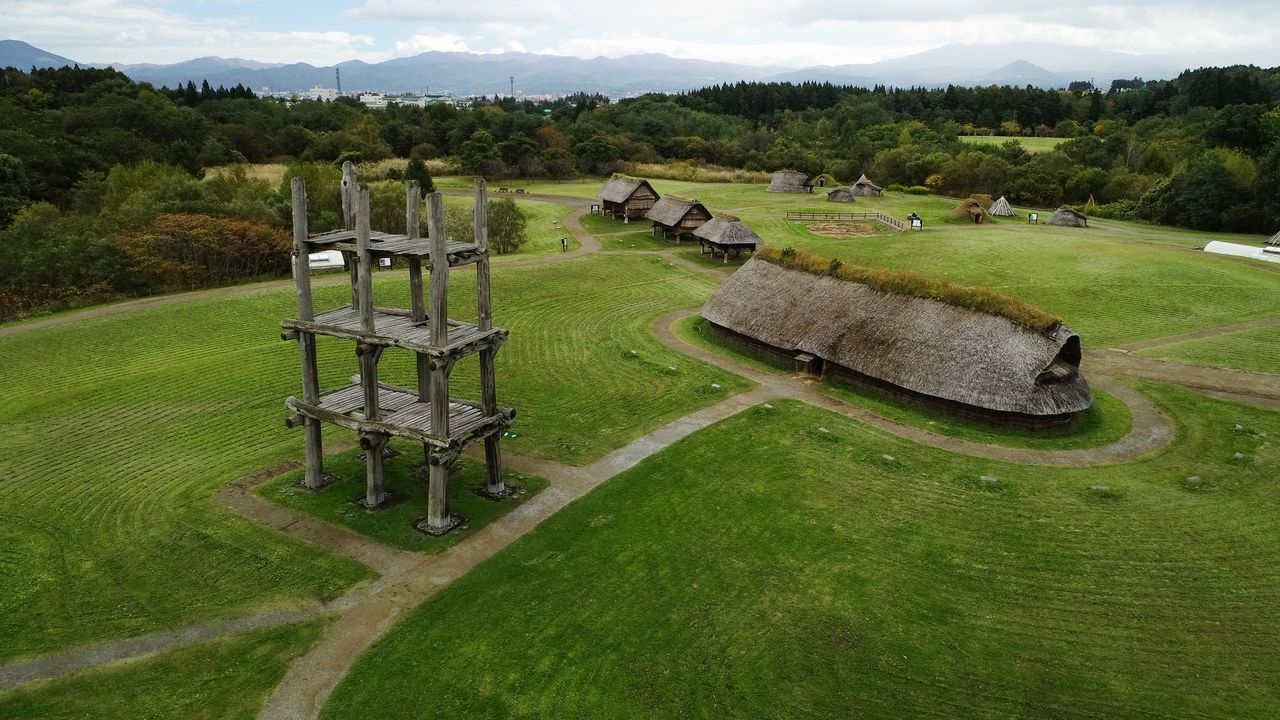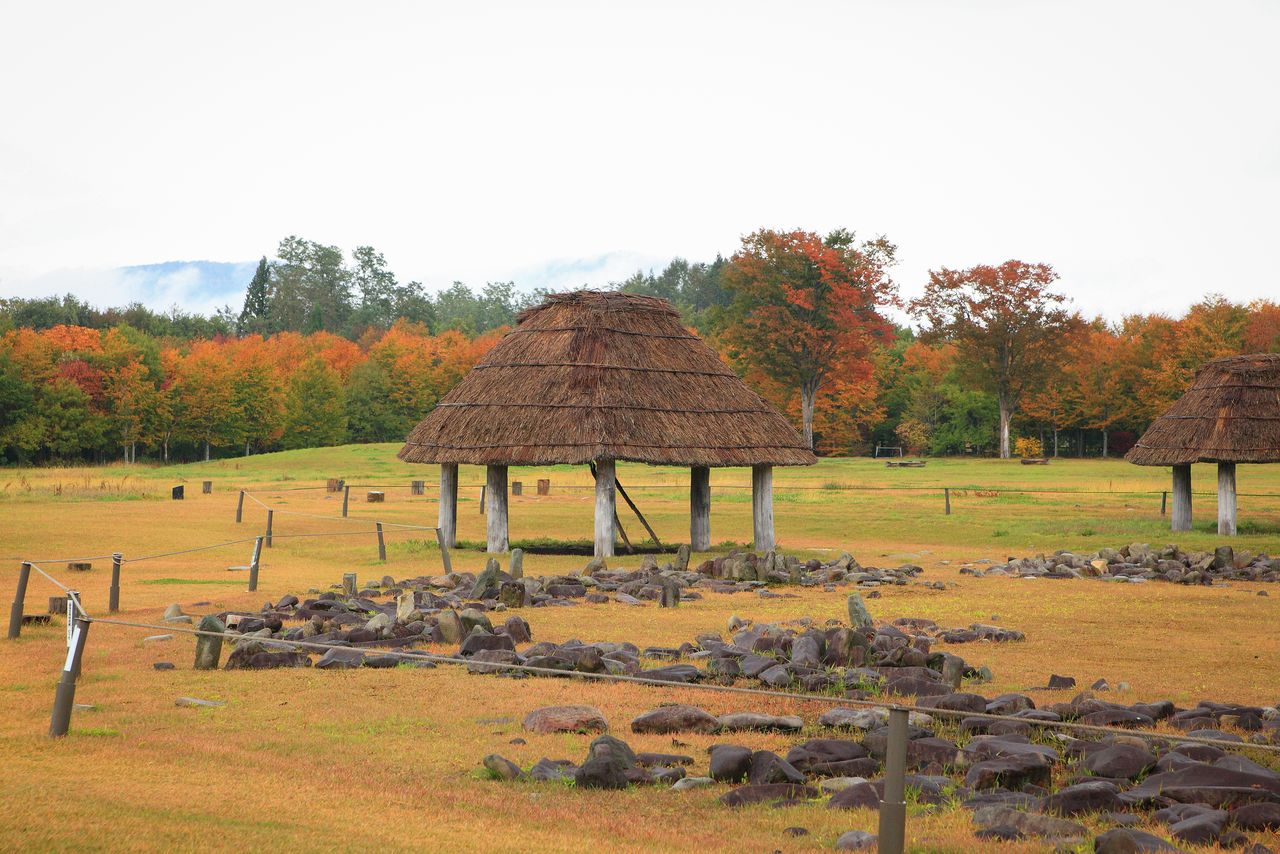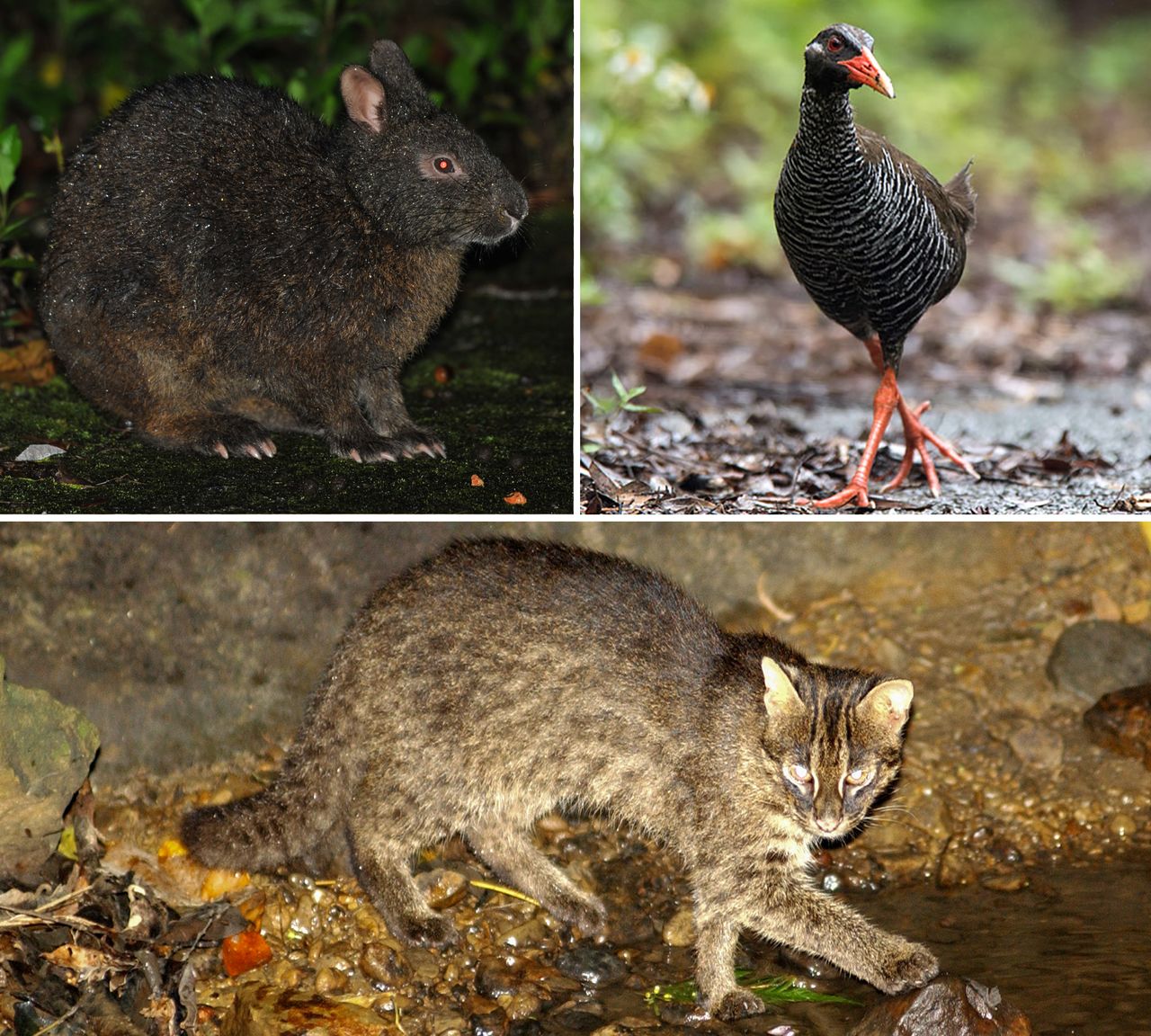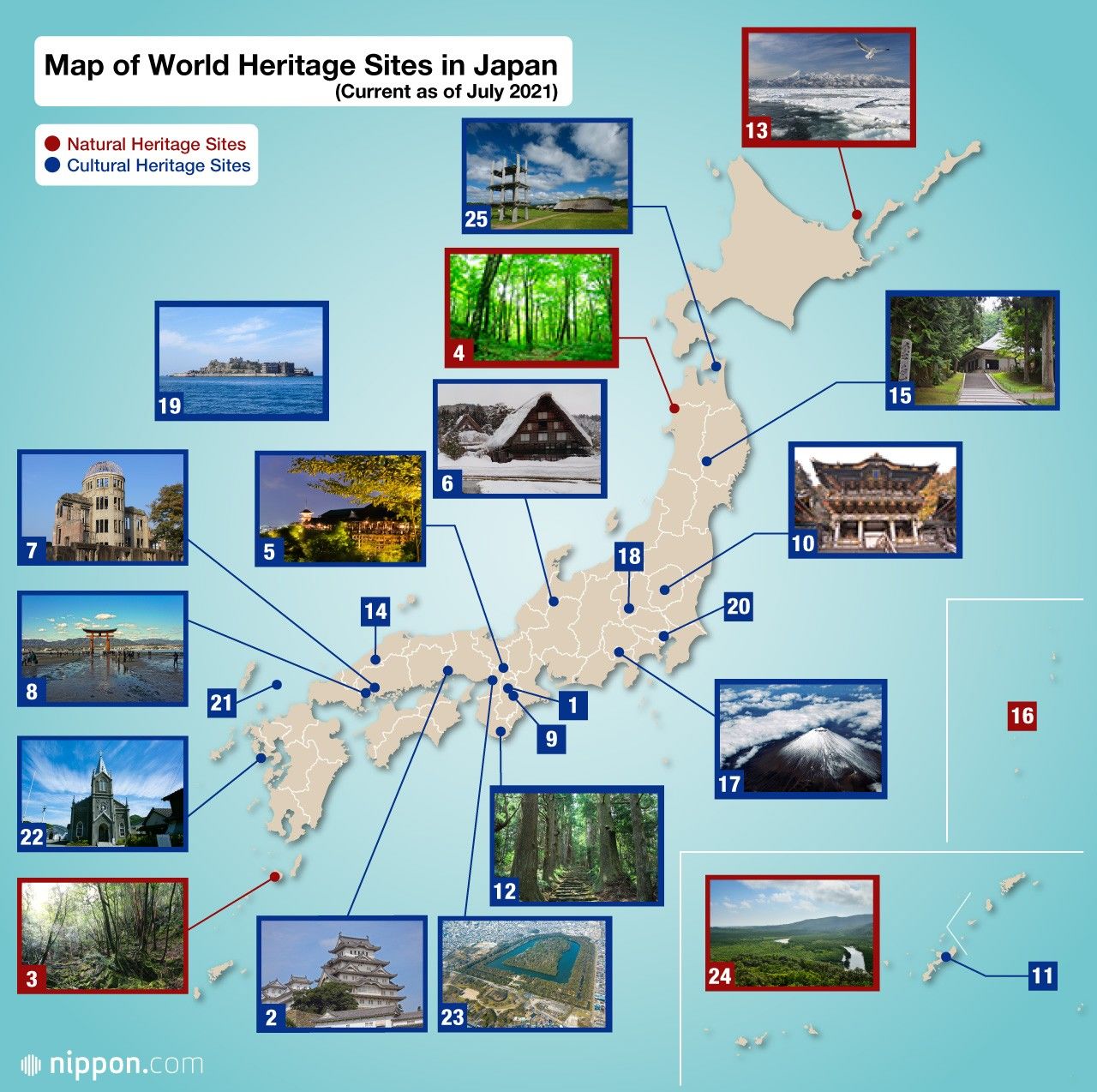
Japan’s 25 UNESCO World Heritage Sites: New Additions Highlight Prehistory and Biodiversity
Culture History Travel- English
- 日本語
- 简体字
- 繁體字
- Français
- Español
- العربية
- Русский
On July 27, 2021, at an online meeting of the World Heritage Committee of UNESCO, Jōmon Prehistoric Sites in Northern Japan was added to the World Heritage list. This followed the addition of Amami-Ōshima, Tokunoshima, northern Okinawa, and Iriomotejima the previous day.
Prehistoric Lives
The 17 Jōmon period sites registered as cultural heritage are dotted around Hokkaidō and northern Tōhoku, including Sannai-Maruyama in Aomori, Aomori Prefecture, and the Ōyu Stone Circles in Kazuno, Akita Prefecture.
The Jōmon period stretches from around 13,000 BC until the spread of rice farming in the Yayoi period (ca. 300 BC–300 AD). As other societies began leading settled lives centered on agriculture during this period, in Japan communities relied on hunting, gathering, and fishing, while building settlements of pillar-supported residences, communal graves, and ritual sites. Stone circles and other cultural artefacts can be observed both in Hokkaidō and Tōhoku, so it is likely that there was interchange between different groups. The International Council on Monuments and Sites, a UNESCO advisory body, stated that the sites “bear a unique testimony to the development over some 10,000 years of the pre-agricultural yet sedentary Jōmon culture and its complex spiritual belief system and rituals.”

The Ōyu Stone Circles in Kazuno, Akita Prefecture. (Courtesy Akita Prefectural Tourism Federation)
Havens for Biodiversity
The southern Japanese islands registered as natural heritage were once part of the Eurasian continent, but broke away in ancient times. The site consists of five areas on four islands, notable for their extensive subtropical rainforests and unique ecosystems. There are 95 species on the International Union for Conservation of Nature Red List of Threatened Species, including the Amami rabbit found on Amami Ōshima and Tokunoshima, the Okinawa rail in the north of Okinawa Island, and Iriomotejima’s Iriomote cat. The site’s high biodiversity value was recognized in its registration.

Clockwise from top left: the Amami rabbit and Okinawa rail (courtesy OCVB/KPVB), and the Iriomote cat (courtesy OCVB).
The Japanese government revised its nomination of the islands from an initial bid for heritage status in 2018 to focus on biodiversity. The COVID-19 pandemic delayed their successful registration from 2020 to 2021.
With its new additions in the north and south of the country, Japan now has a total of 25 World Heritage Sites, of which 5 are natural heritage sites.
World Heritage Sites in Japan
| Site (Prefectures) | Year Listed | |
|---|---|---|
| 1 | Buddhist Monuments in the Hōryūji Temple Area (Nara) | December 1993 |
| 2 | Himeji-jō Castle (Hyōgo) | December 1993 |
| 3 | Yakushima (Kagoshima) (natural heritage) | December 1993 |
| 4 | Shirakami-Sanchi (Aomori and Akita) (natural heritage) | December 1993 |
| 5 | Historic Monuments of Ancient Kyoto (Kyoto and Shiga) | December 1994 |
| 6 | The Historic Villages of Shirakawa-gō and Gokayama (Gifu and Toyama) | December 1995 |
| 7 | Hiroshima Peace Memorial (Hiroshima) | December 1996 |
| 8 | Itsukushima Shintō Shrine (Hiroshima) | December 1996 |
| 9 | The Historic Monuments of Ancient Nara (Nara) | December 1998 |
| 10 | The Shrines and Temples of Nikkō (Tochigi) | December 1999 |
| 11 | Gusuku Sites and Related Properties of the Kingdom of Ryūkyū (Okinawa) | December 2000 |
| 12 | Sacred Sites and Pilgrimage Routes in the Kii Mountain Range (Nara, Wakayama, and Mie) | July 2004 |
| 13 | Shiretoko (Hokkaidō) (natural heritage) | July 2005 |
| 14 | Iwami Ginzan Silver Mine (Shimane) | June 2007 |
| 15 | Hiraizumi—Temples, Gardens, and Archaeological Sites (Iwate) | June 2011 |
| 16 | Ogasawara Islands (Tokyo) (natural heritage) | June 2011 |
| 17 | Fujisan—Sacred Place and Source of Artistic Inspiration (Yamanashi and Shizuoka) | June 2013 |
| 18 | Tomioka Silk Mill and Related Sites (Gunma) | June 2014 |
| 19 | Sites of Japan’s Meiji Industrial Revolution: Iron and Steel, Shipbuilding and Coal Mining (Fukuoka, Saga, Nagasaki, Kumamoto, Kagoshima, Yamaguchi, Iwate, and Shizuoka) | July 2015 |
| 20 | The Architectural Work of Le Corbusier, an Outstanding Contribution to the Modern Movement (National Museum of Western Art; Tokyo) | July 2016 |
| 21 | Sacred Island of Okinoshima and Associated Sites in the Munakata Region (Fukuoka) | July 2017 |
| 22 | Hidden Christian Sites in the Nagasaki Region (Nagasaki and Kumamoto) | June 2018 |
| 23 | Mozu-Furuichi Kofun Group: Mounded Tombs of Ancient Japan (Osaka) | July 2019 |
| 24 | Amami-Ōshima Island, Tokunoshima Island, Northern Part of Okinawa Island, and Iriomote Island (Kagoshima and Okinawa) (natural heritage) | July 2021 |
| 25 | Jōmon Prehistoric Sites in Northern Japan (Hokkaidō, Aomori, Iwate, Akita) | July 2021 |
(Originally published in Japanese. Banner photo: The Sannai-Maruyama site with reconstructed buildings from the Jōmon period. Courtesy Jōmon Archives.)
